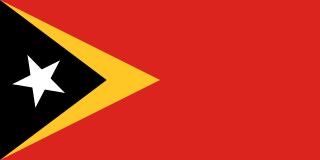
Visa and entry requirements Timor-Leste:
Passport required
No visa is required
Information from the Foreign Office about your Timor-Leste trip:
https://www.auswaertiges-amt.de/de/timorlestesicherheit/221388
East Timor, also known as Timor-Leste, is an island nation in southeastern Asia with around 1.3 million inhabitants. East Timor is one of the poorest countries in Asia and borders directly on the Indonesian island of Timor to the west and, at some distance, on the Moluccas. The Timor-Leste archipelago is the only country in Asia that is located completely south of the equator.
The two official languages of East Timor are Portuguese and Tetum, and the US dollar is used as the national currency.
Timor-Leste's largest cities include Dili, Lospalos, Dare, Emera, Maliana, Baucau, Bobonaro and Suai. The inhabitants of the island state are almost exclusively Christian.
The Democratic Republic of East Timor is geographically part of the Lesser Sunda Islands. The highest point in the country is the 2,963 meter high Tatamailau. The archipelago is of volcanic origin and is very vulnerable to earthquakes and tsunamis.
The state's most important economic sectors are oil exports, agriculture with the export of coffee and cinnamon, and fishing. The country has one of the largest oil reserves on the Asian continent, and there are also mineral resources such as gold, marble, manganese and copper on the territory. In agriculture, rice, cassava, coconuts, vanilla, peanuts, cocoa, vegetables and corn are also grown for personal use and chickens, pigs, goats, horses, cattle and water buffalo are bred.
The capital and by far the largest city of East Timor is Dili with around 290,000 inhabitants. Dili is the political and economic center of the island state, located on the northern coast of East Timor.
Due to the population moving in from different parts of the country, there are repeated riots or gang wars in the capital. The result of these years of unrest is very low tourist numbers, although the country even has many cultural attractions with long white sandy beaches, some diving areas rich in fish, several high mountains for hiking and hot springs.
The most important sights in East Timor include the large statue of Jesus-Cristo Rei on Dili Bay, the Catholic Church of Lospalos, the Presidential Palace, the Europa House, the Government Palace, the City Market, the Ministry of Finance, the Cathedral da Imaculada Conceicao in Vila Verde, the Annur Mosque, the Church of the Virgin Mary Conception of Balide, the Santo Antonio Church, the Guandi Temple, the Chinese Cemetery, the Hindu Temple, the Church of Motael, the Akrema Beach, the Dili Cemetery, the Tais Market , the beautiful Jaco Island, the art gallery, the statue of Pope John Paul II, the military museum, the one dollar beach, the local history museum and the hot springs in Maliana.
In January 2017 I visited East Timor for two days coming from Bali. My stay was exclusively focused on the capital Dili, with its colonial buildings and statues.
Despite a somewhat uneasy feeling beforehand, the city of Dili was absolutely safe at all times and I was able to explore most of the attractions in peace and quiet. To my surprise, the city was pretty deserted during the day. The highlights of Dili were definitely the many restored government buildings on the kilometer-long beach promenade.
After a long day in the capital of East Timor, I went on to Port Moresby in Papua New Guinea the next day.

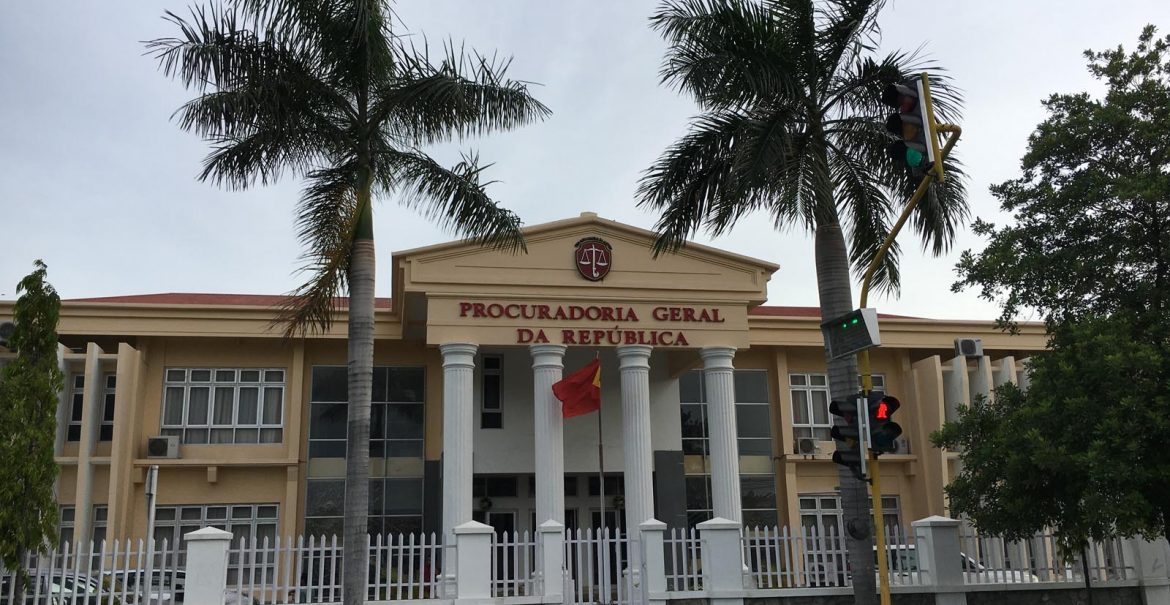
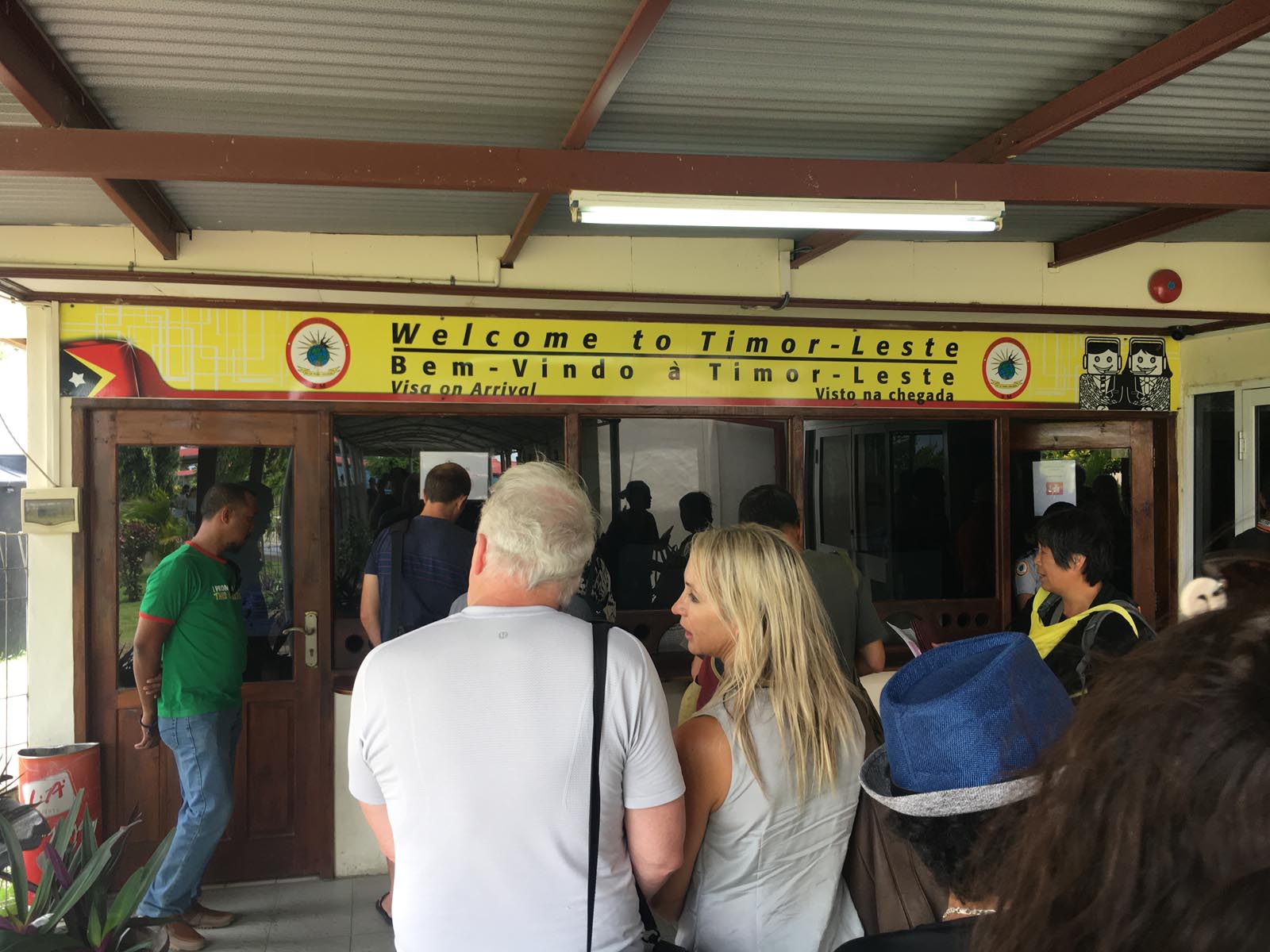
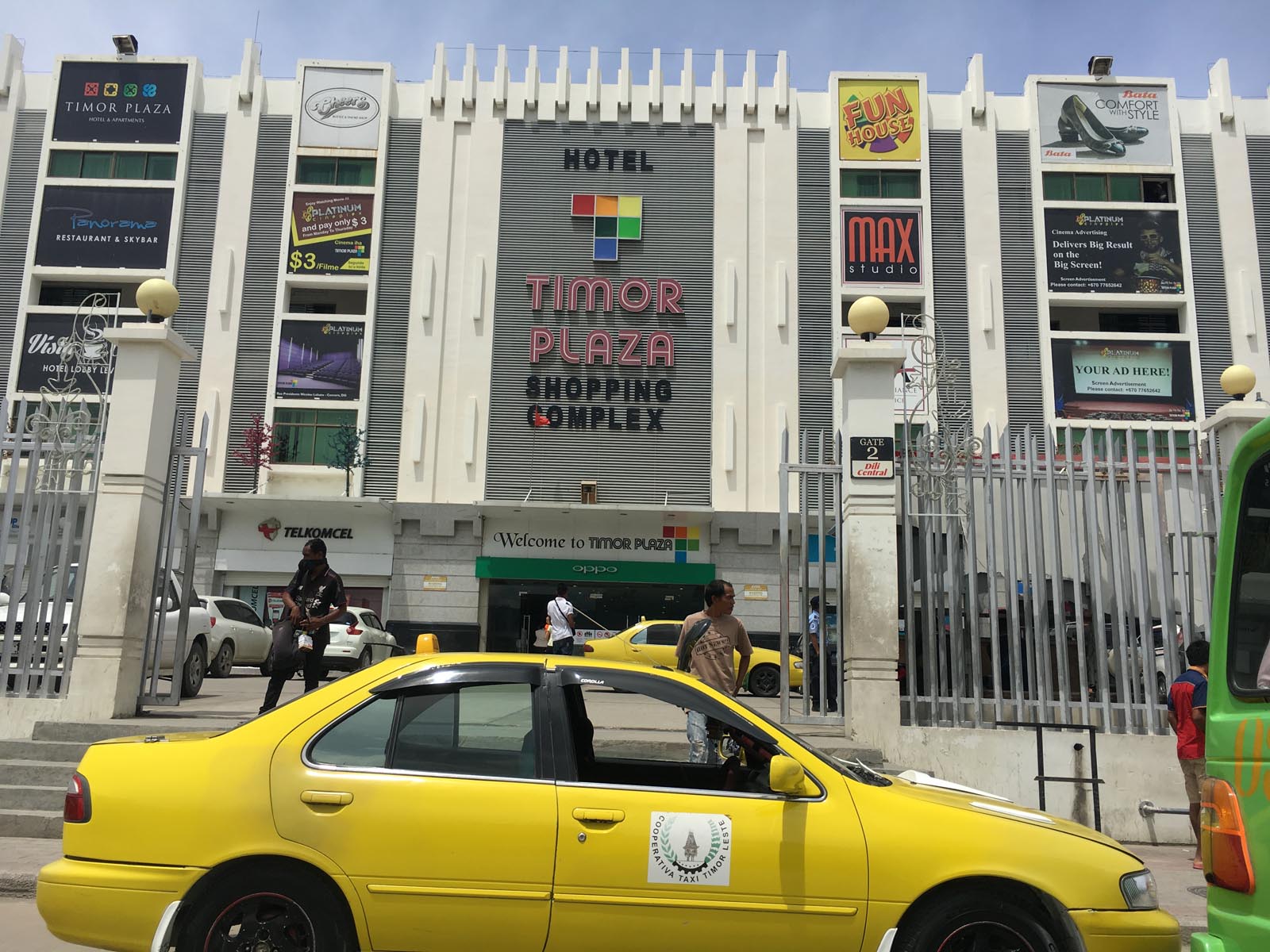
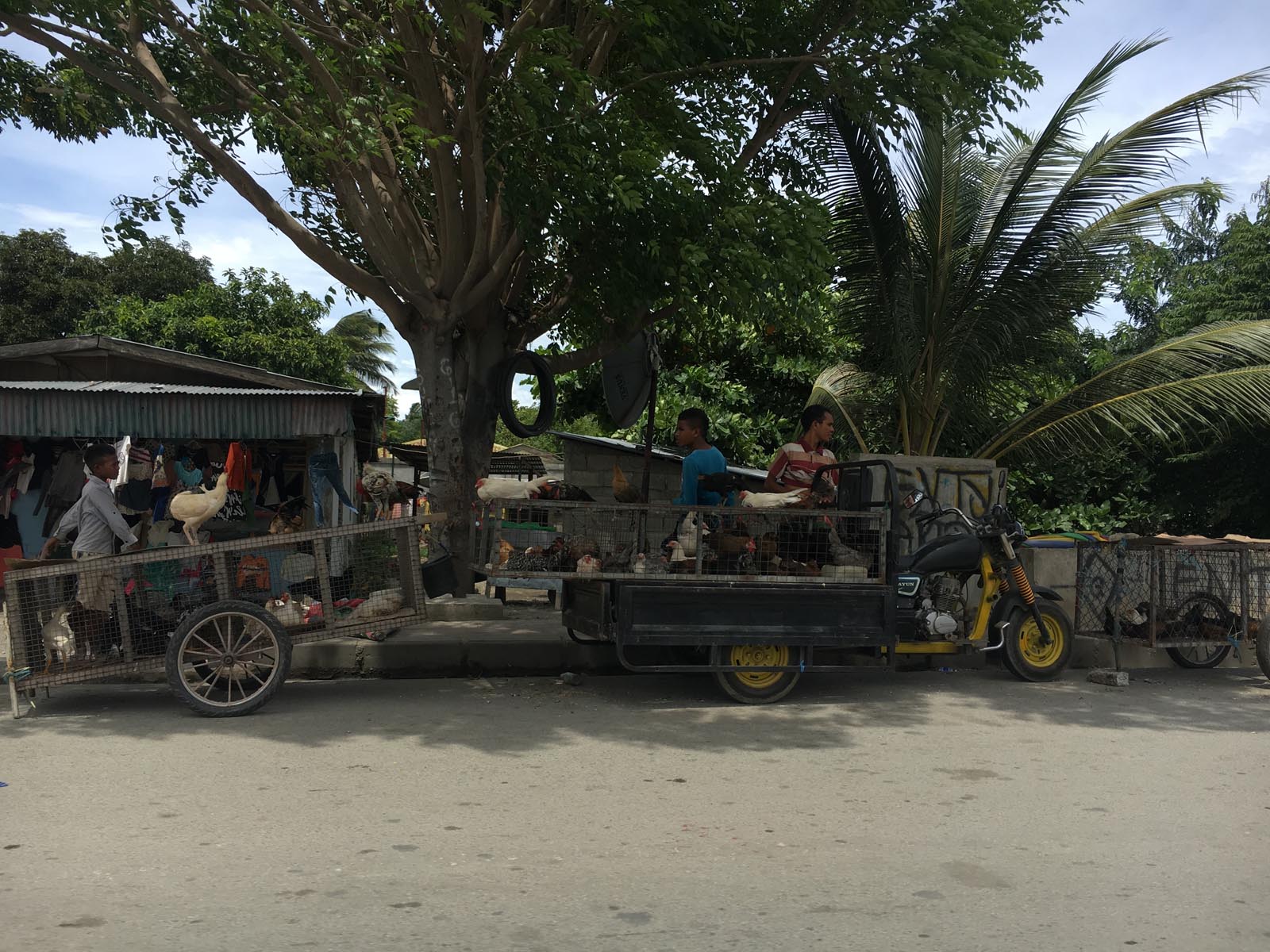
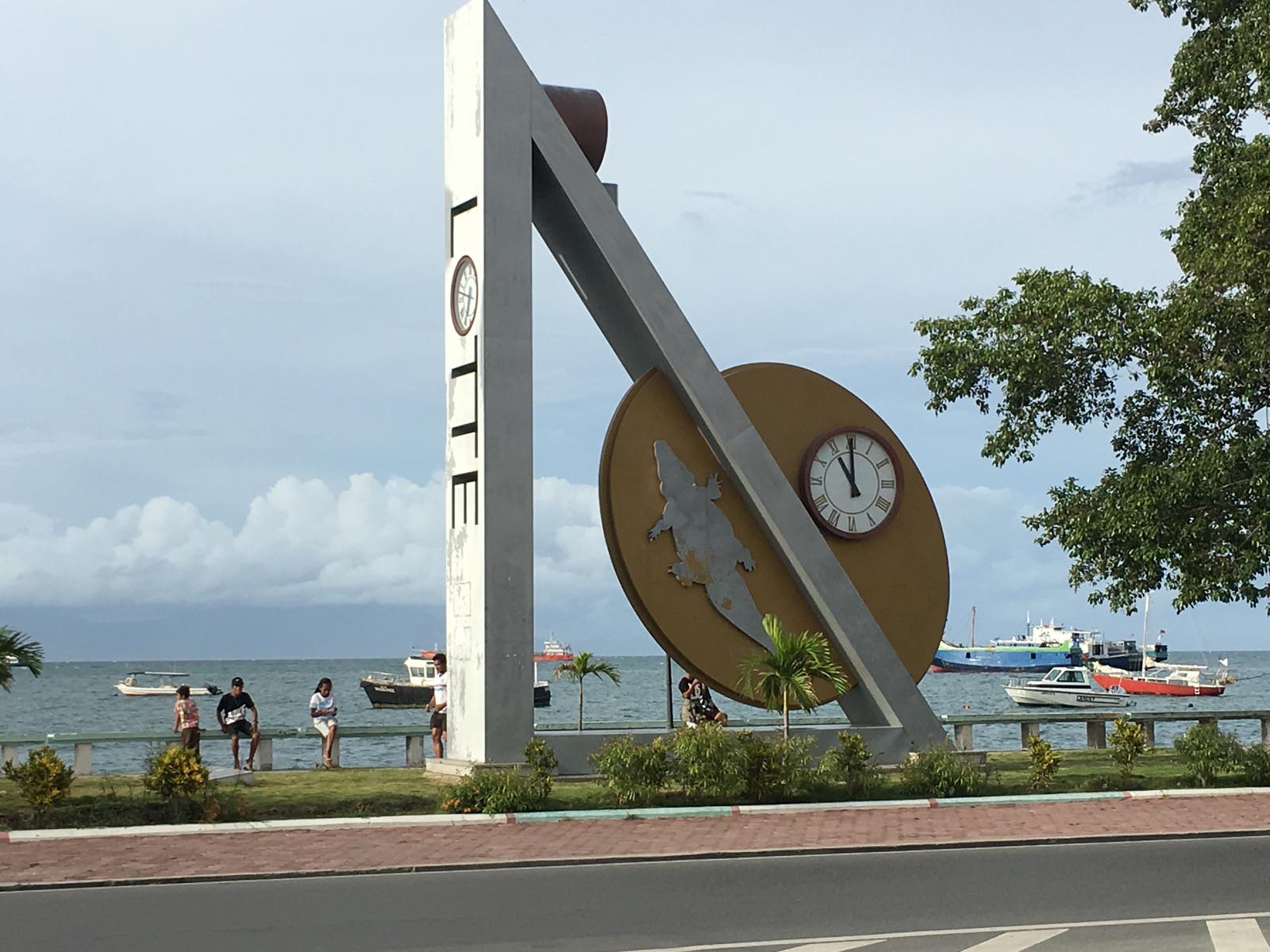
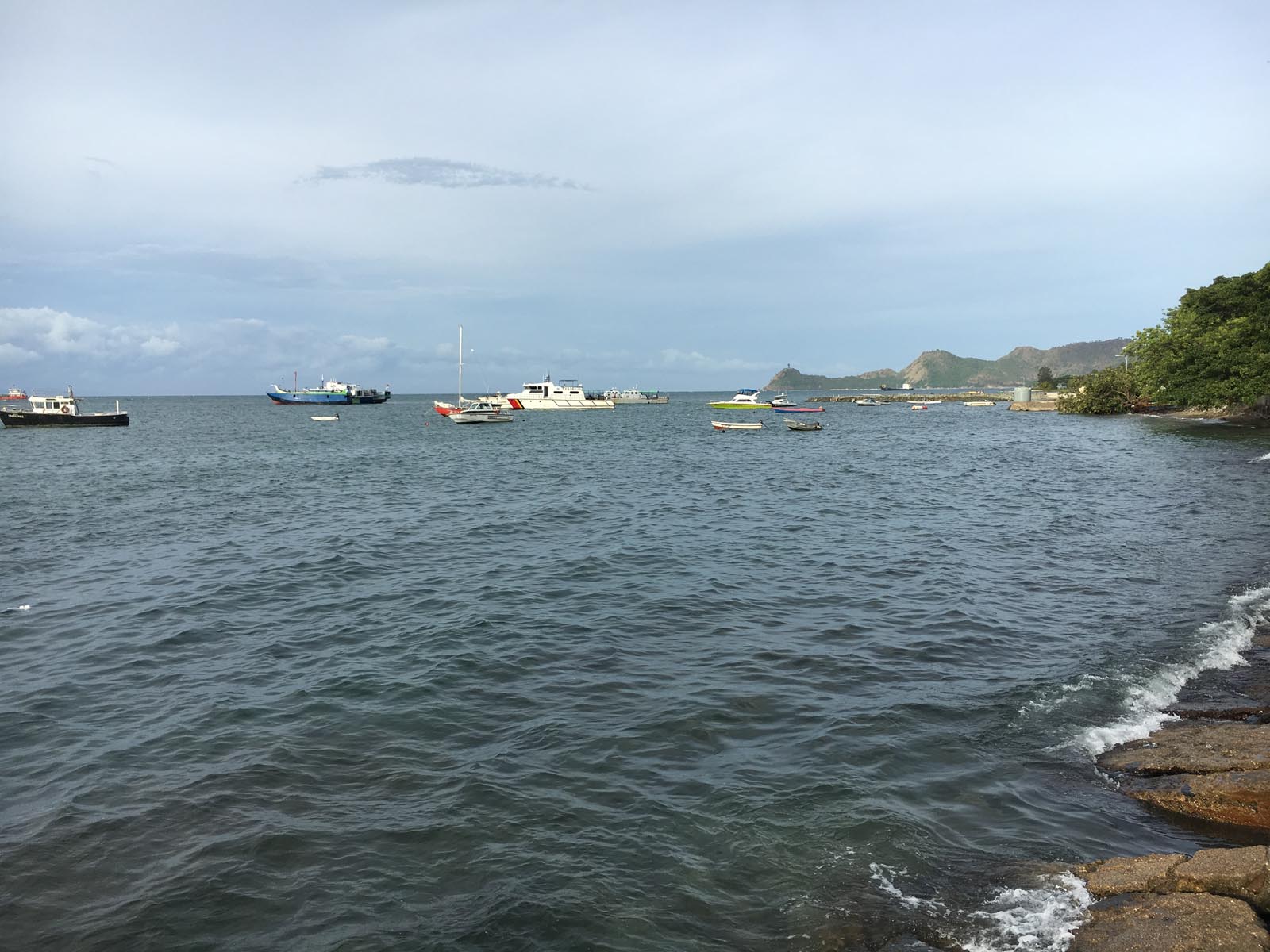
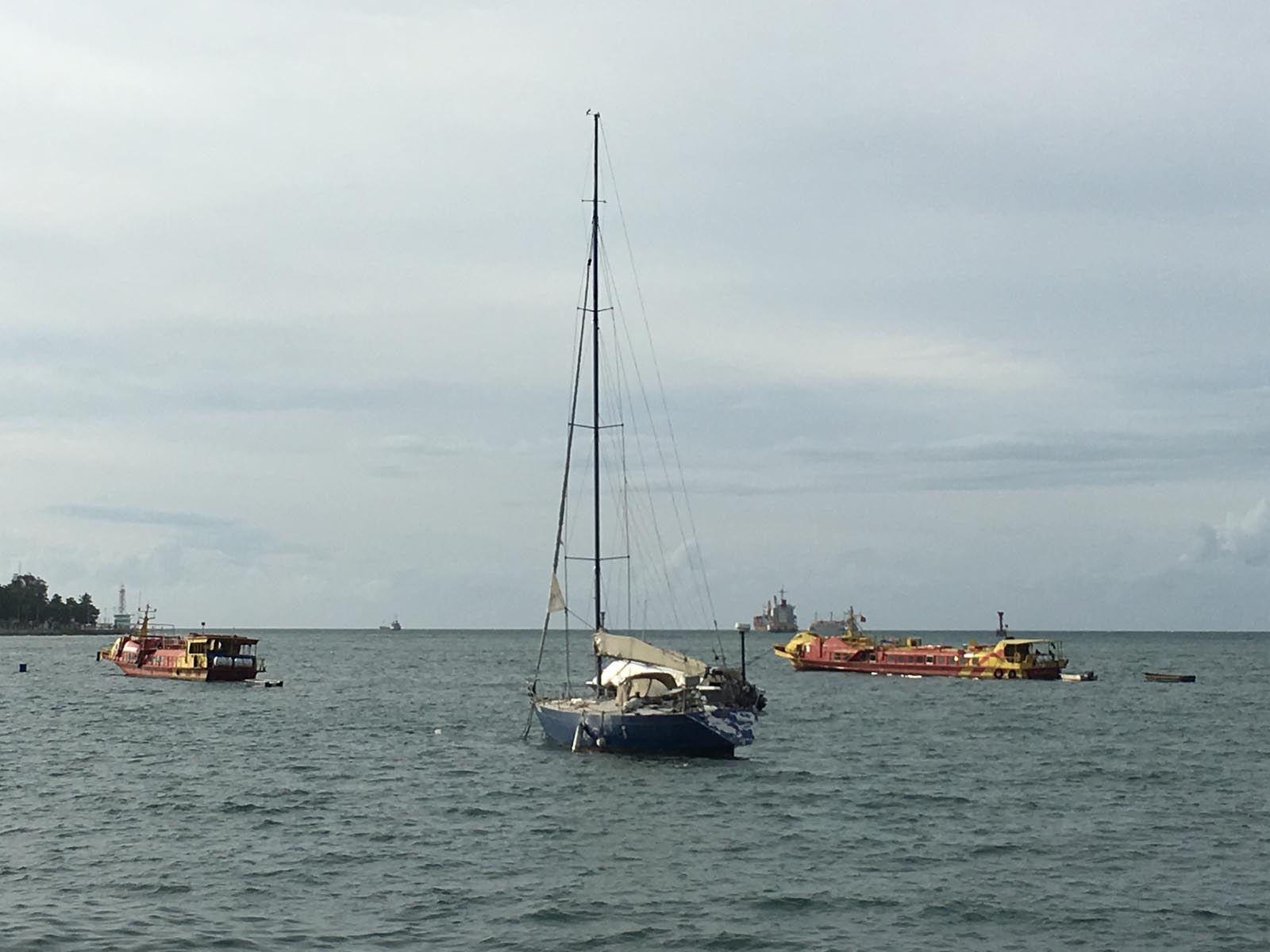
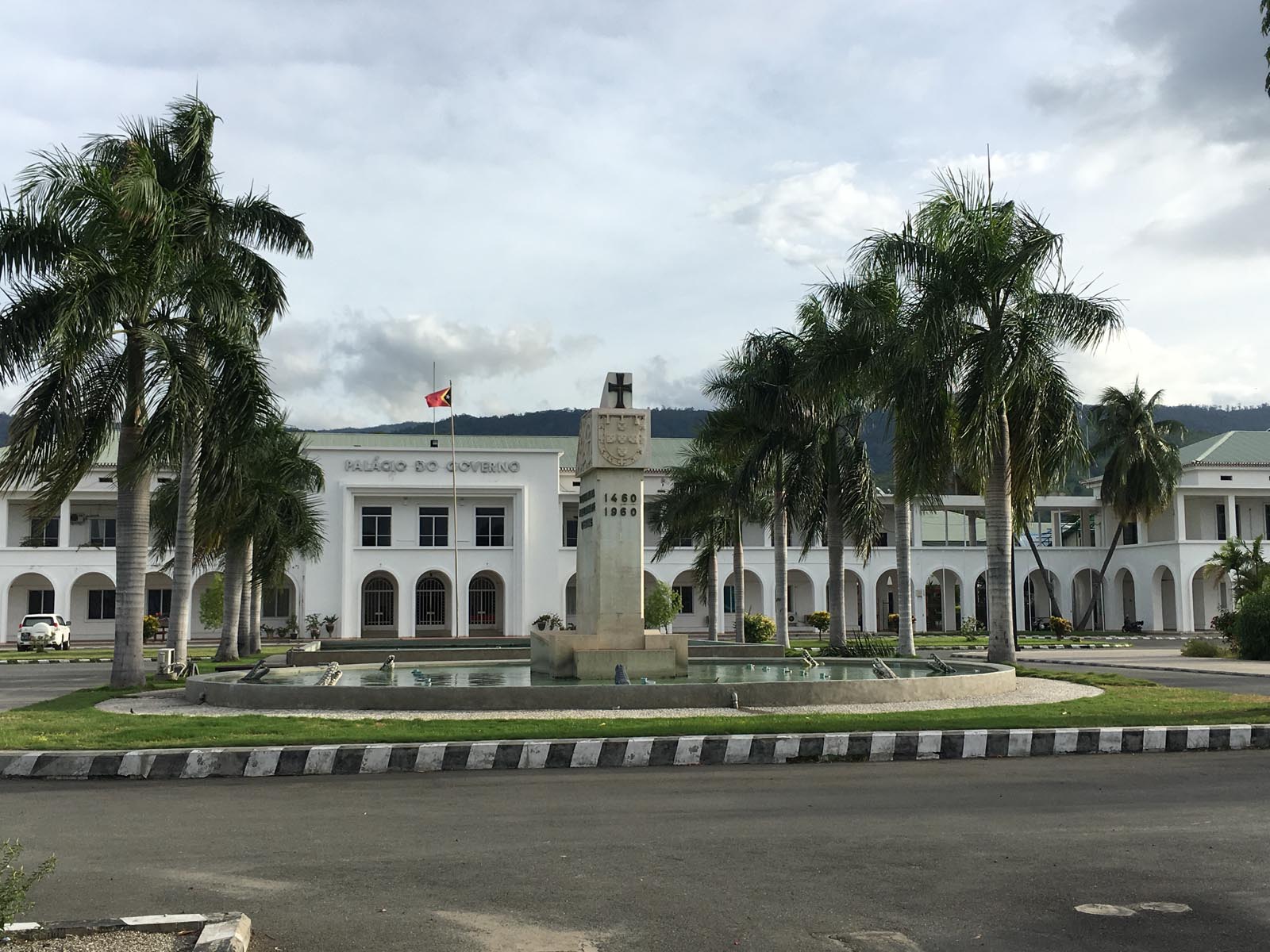
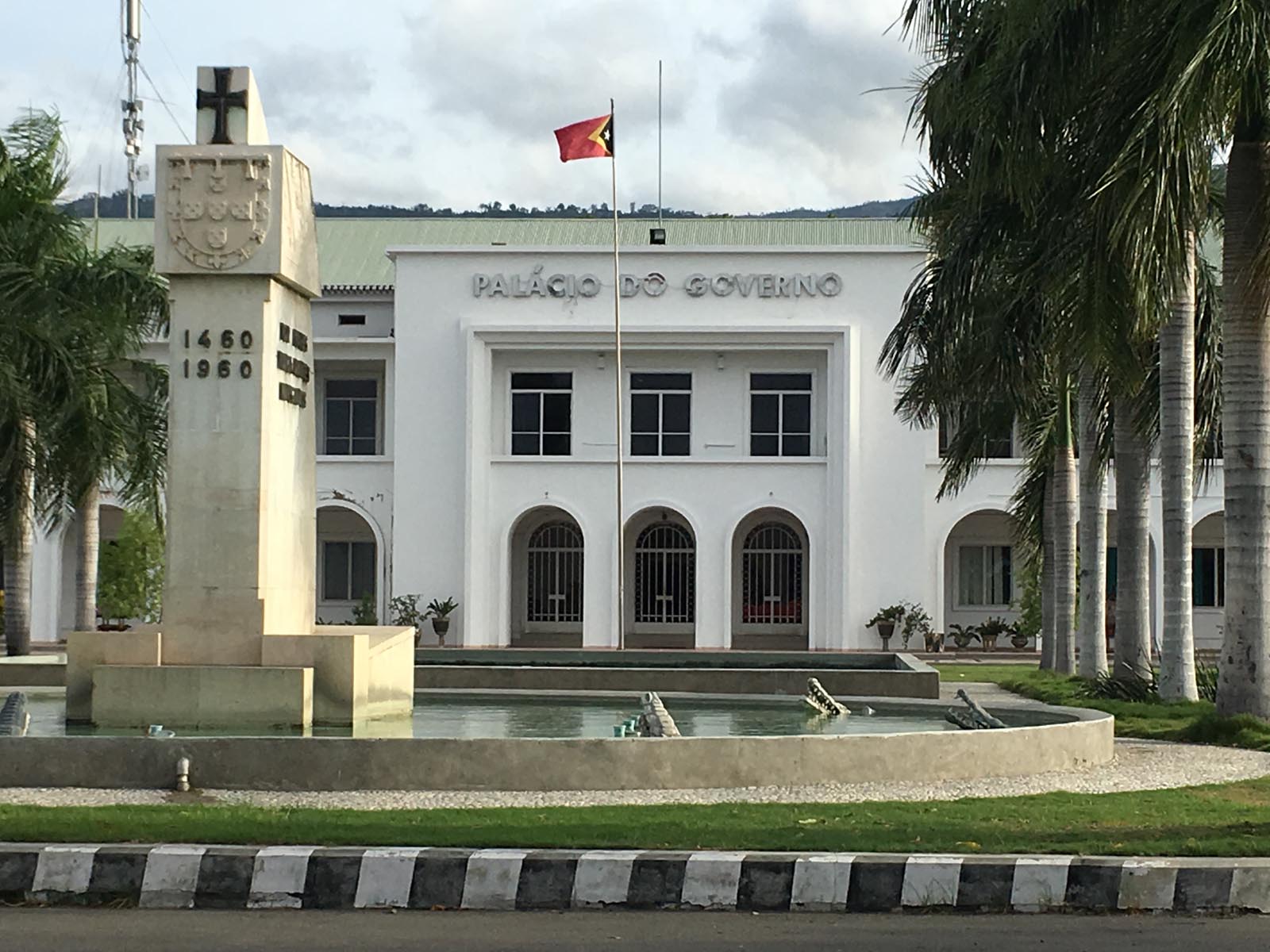
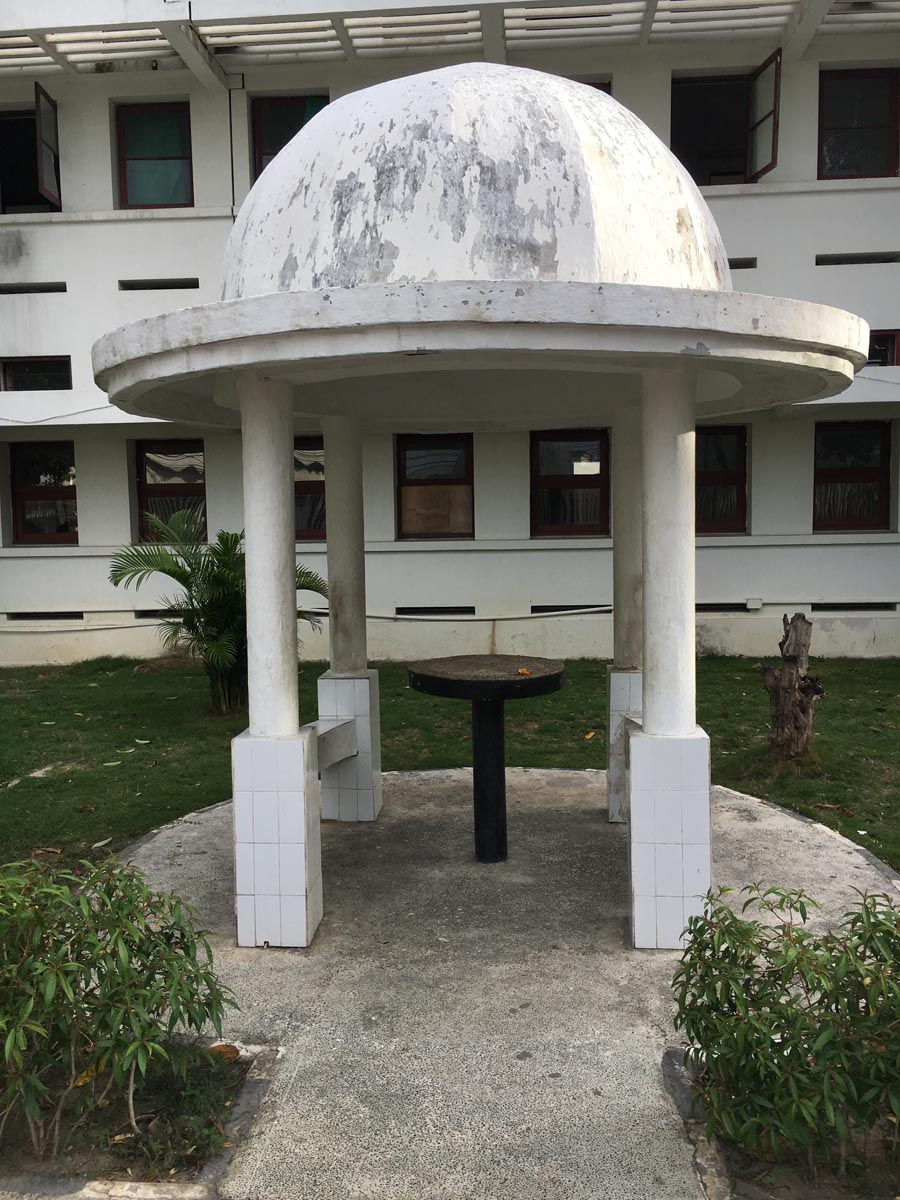
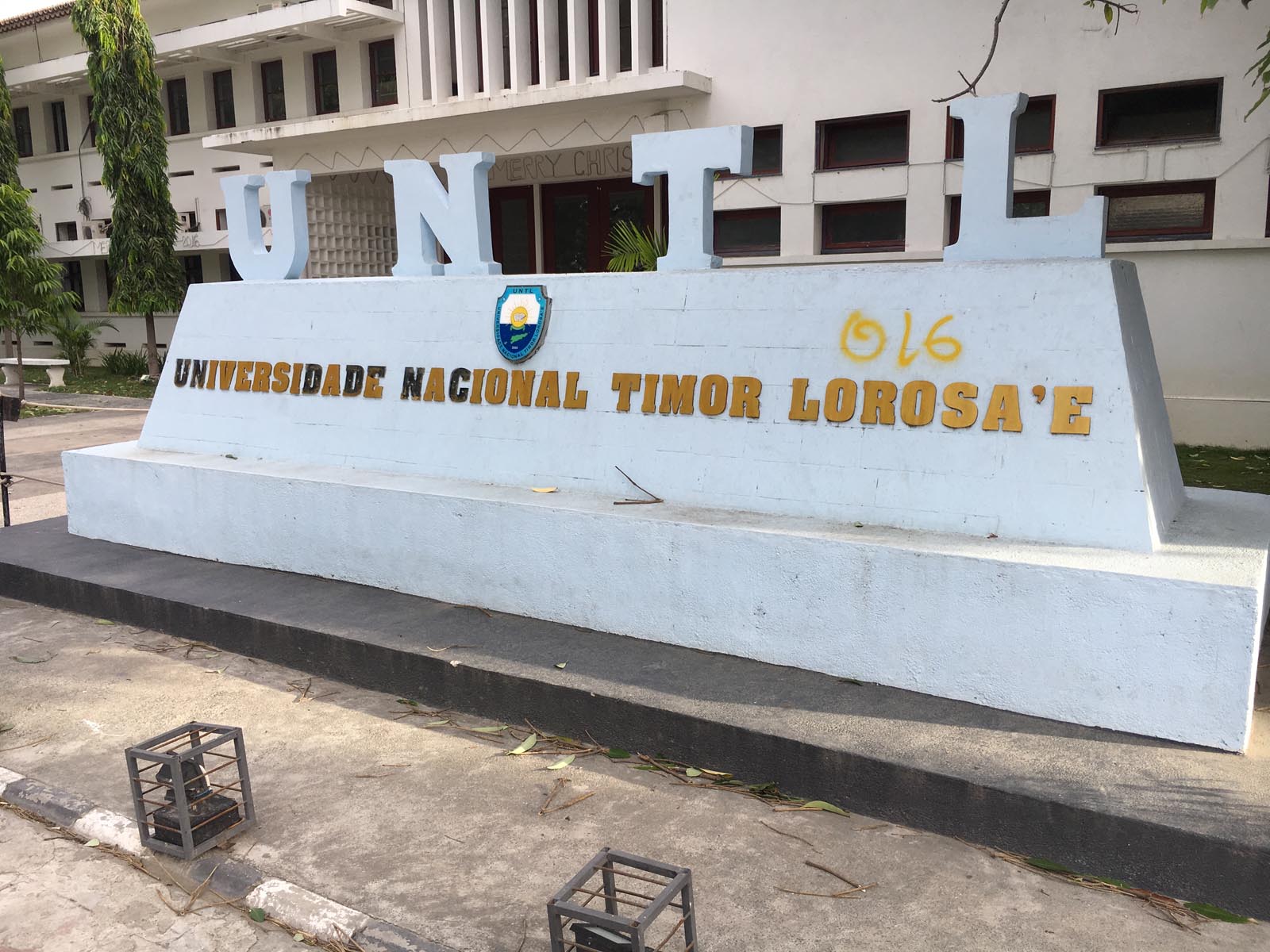
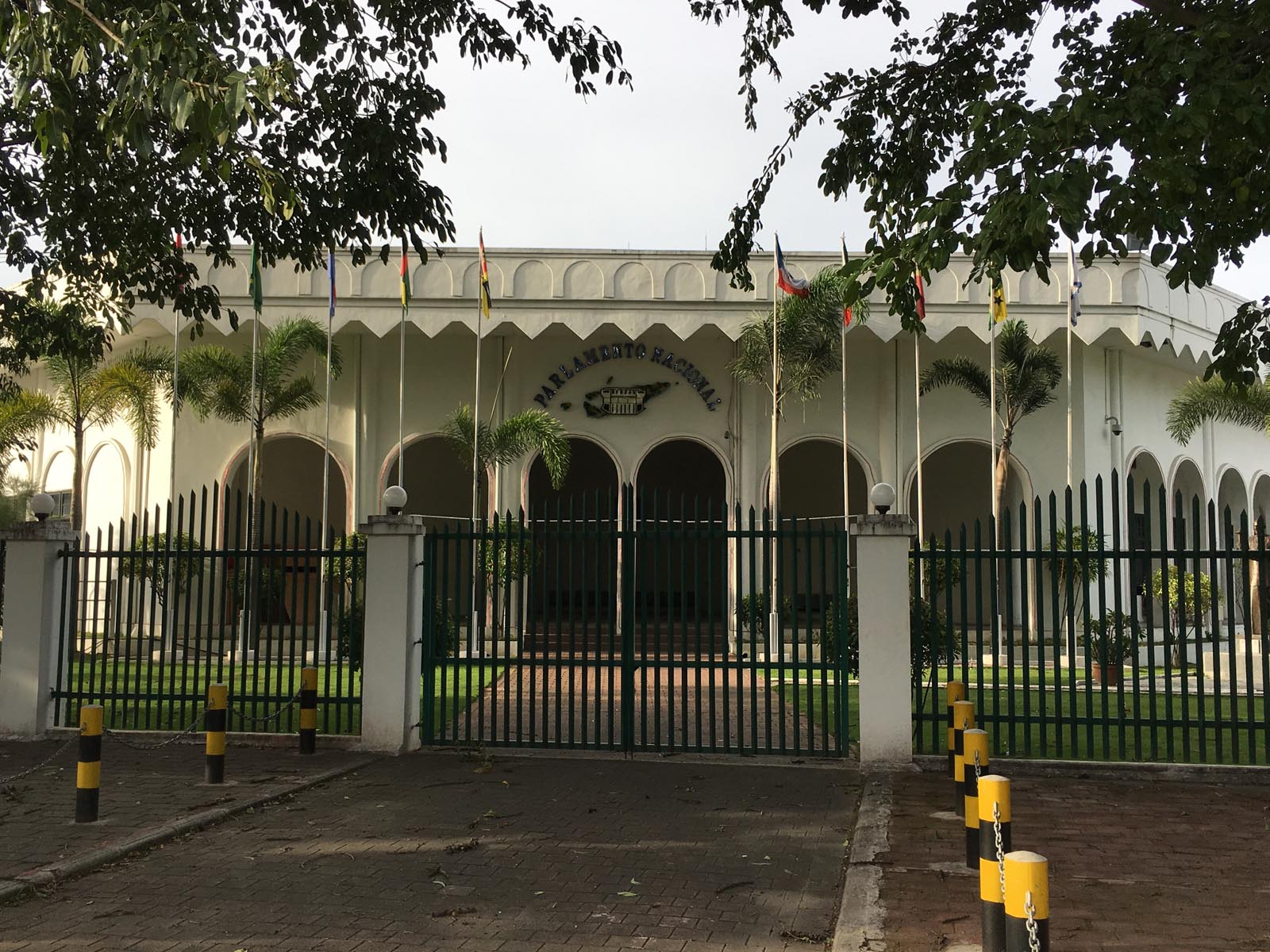
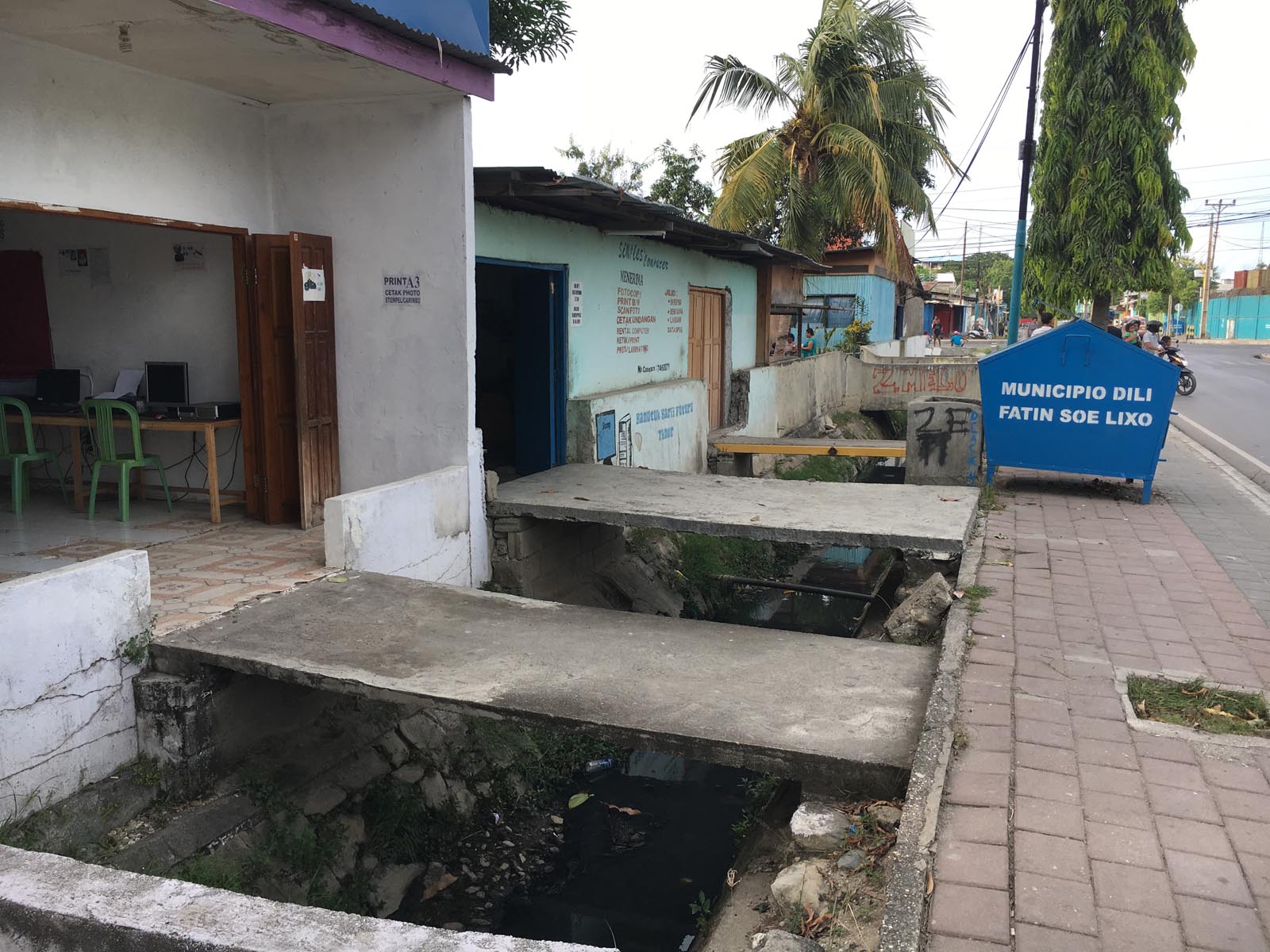
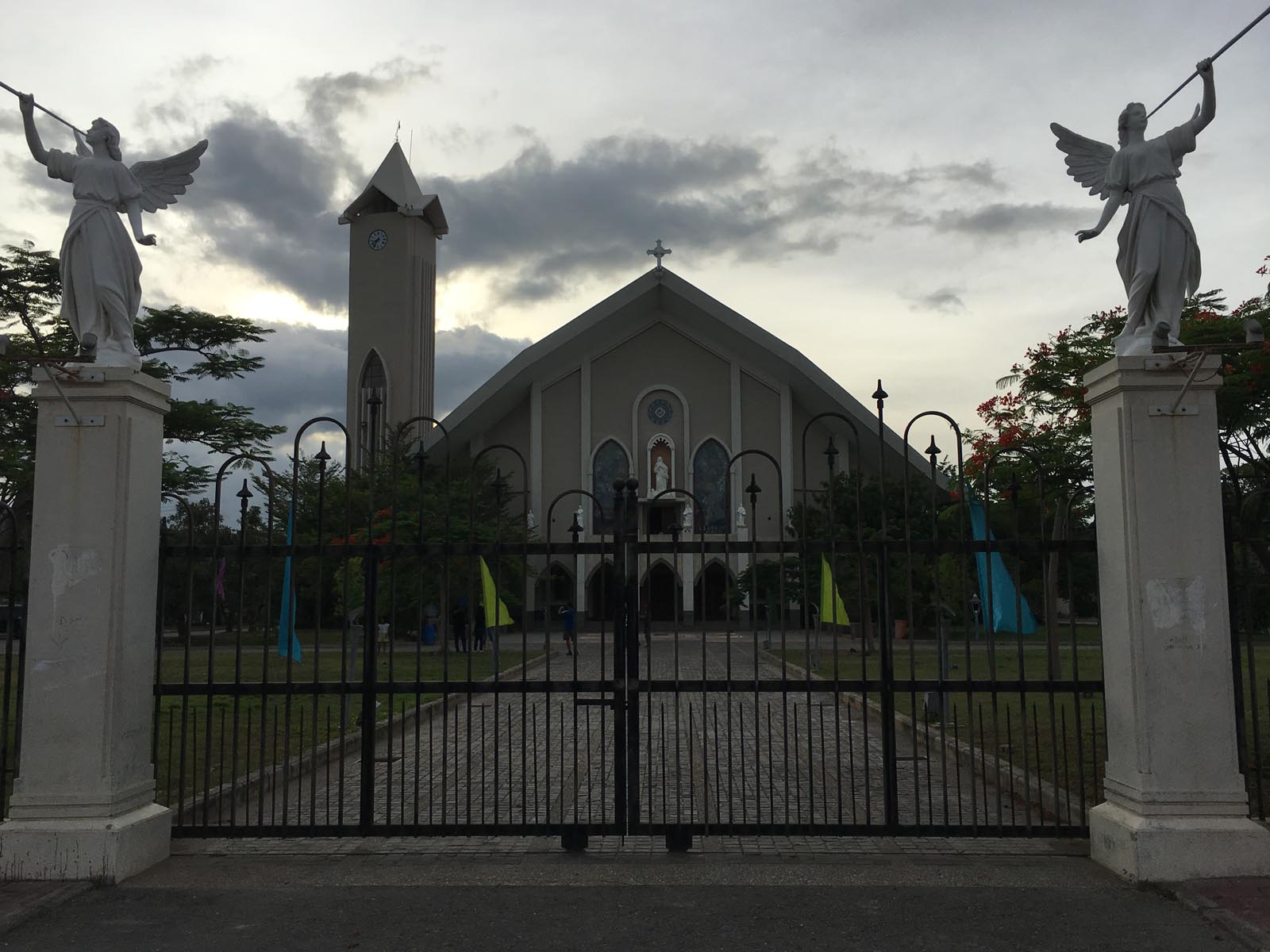
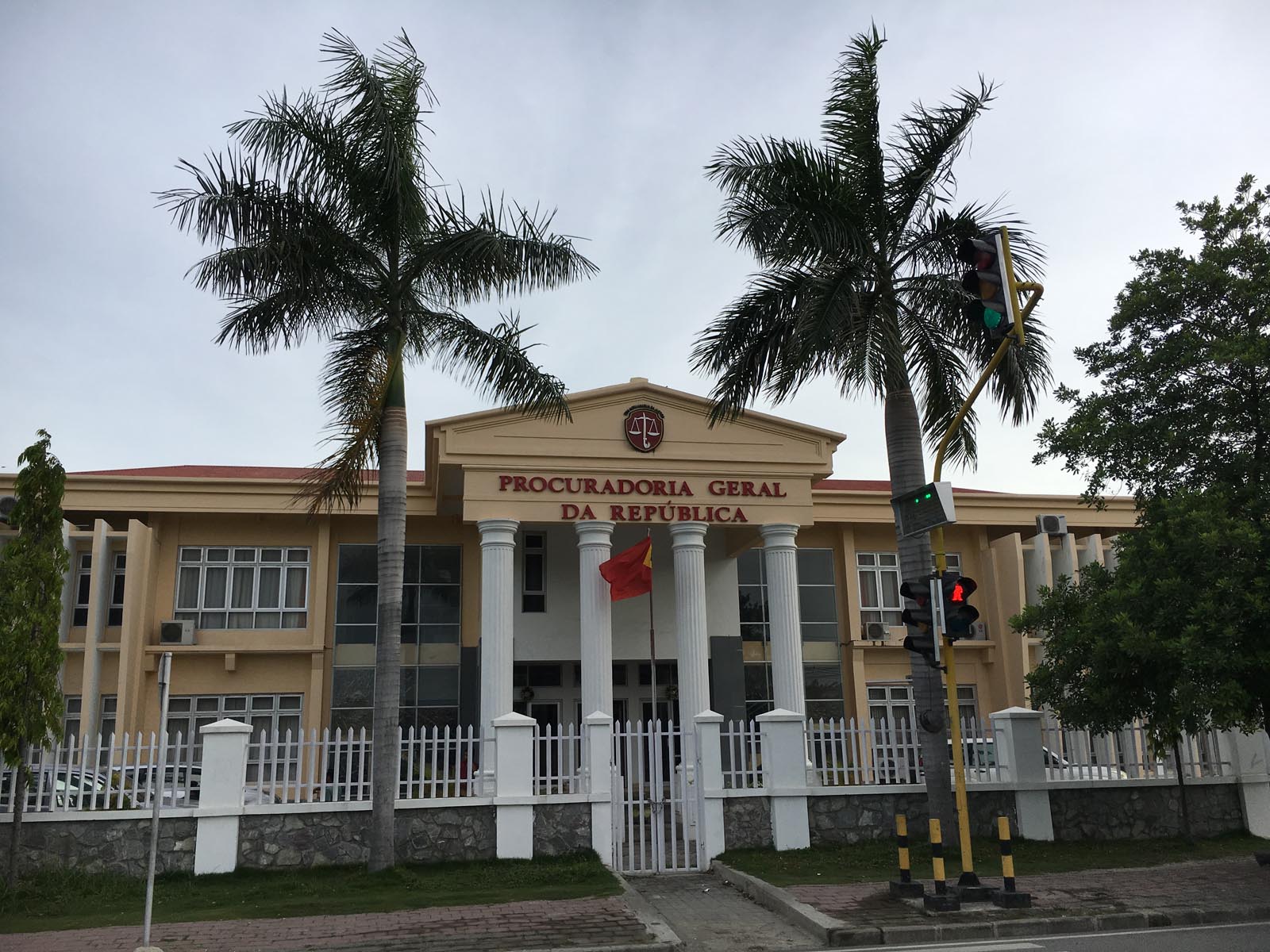
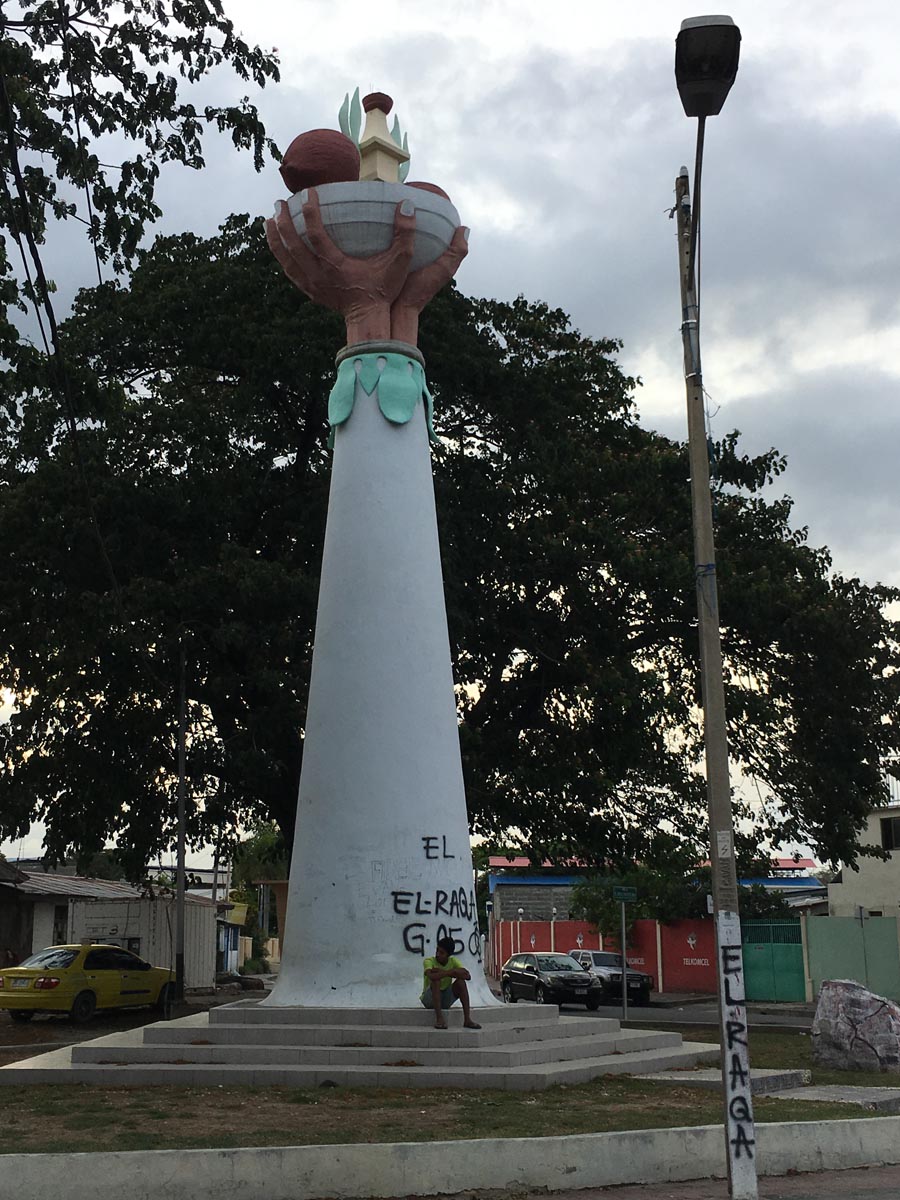
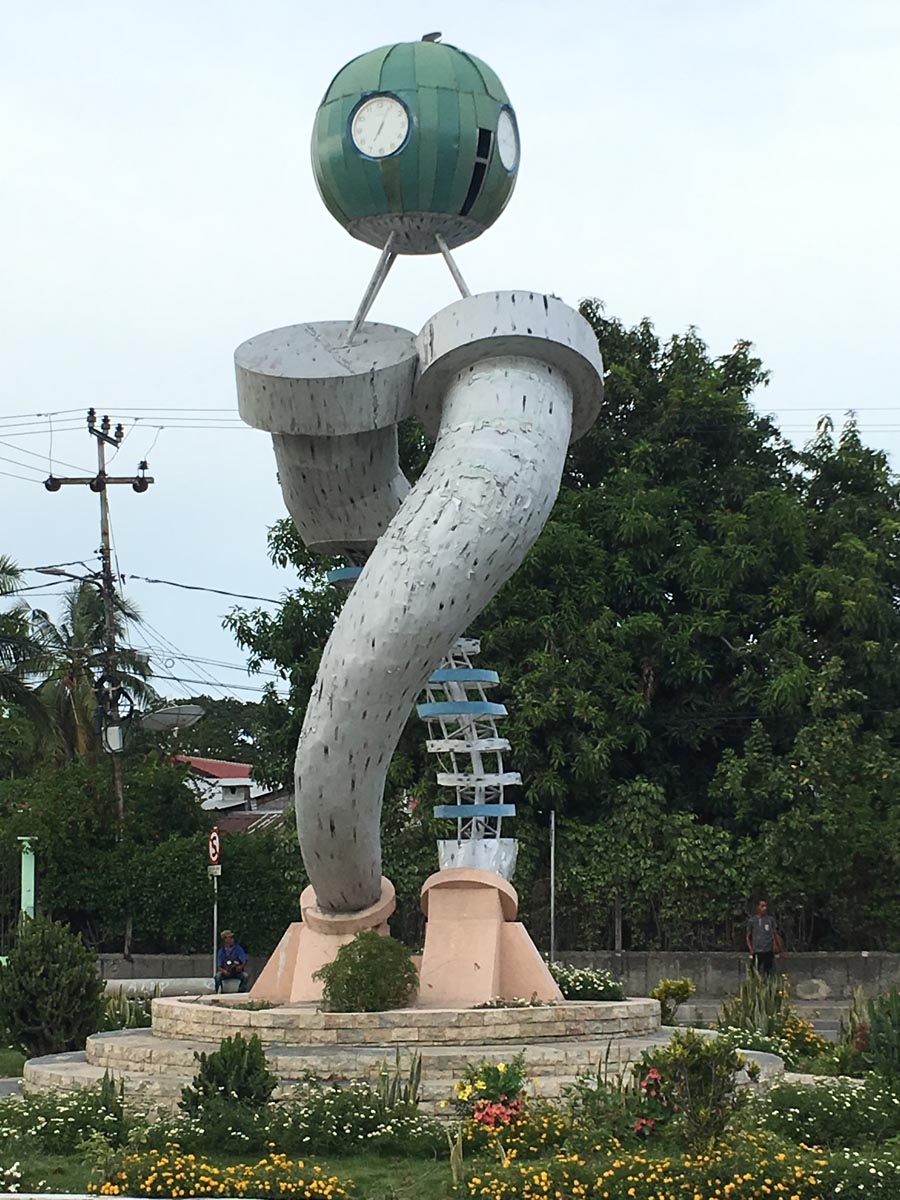
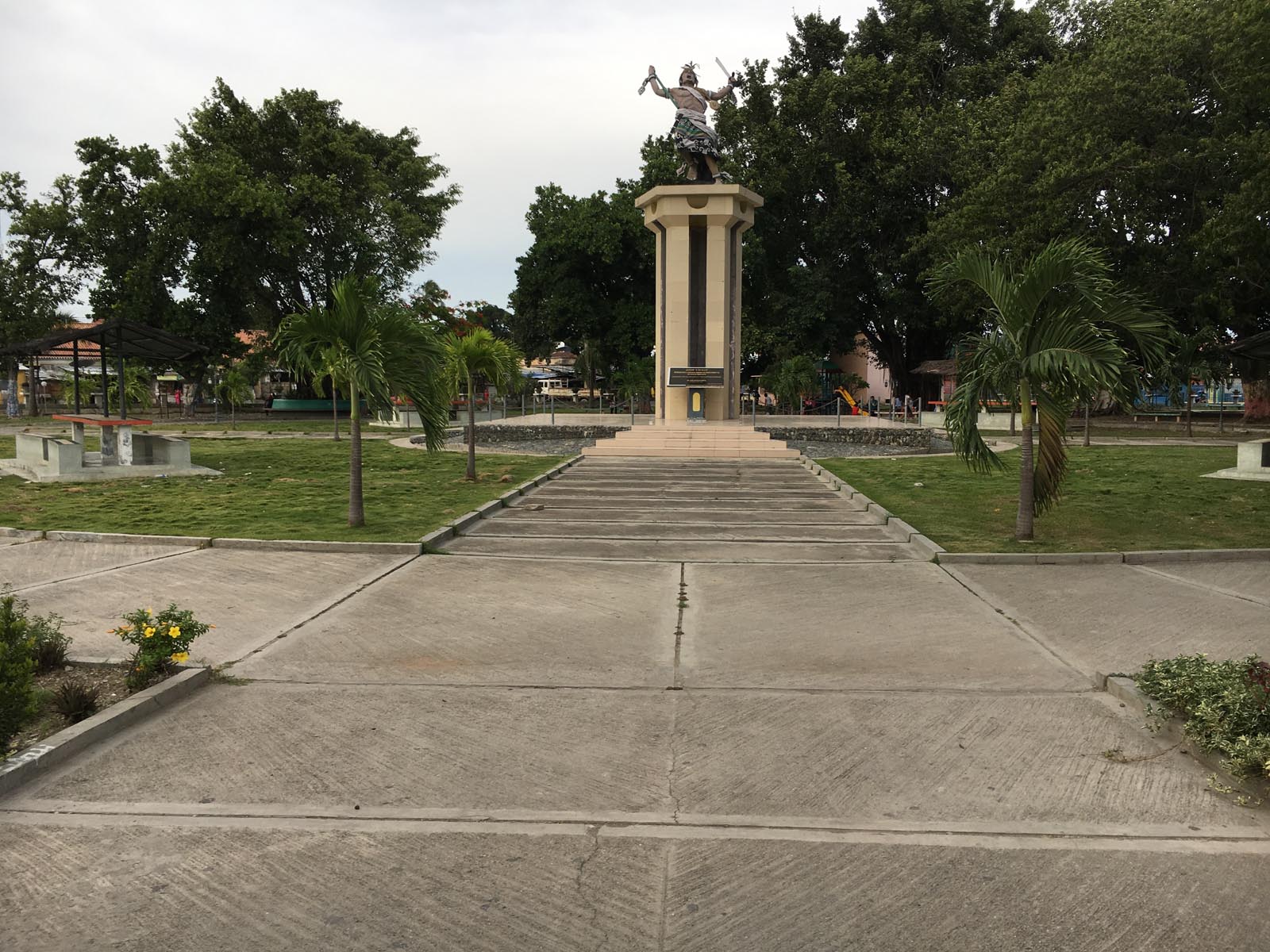
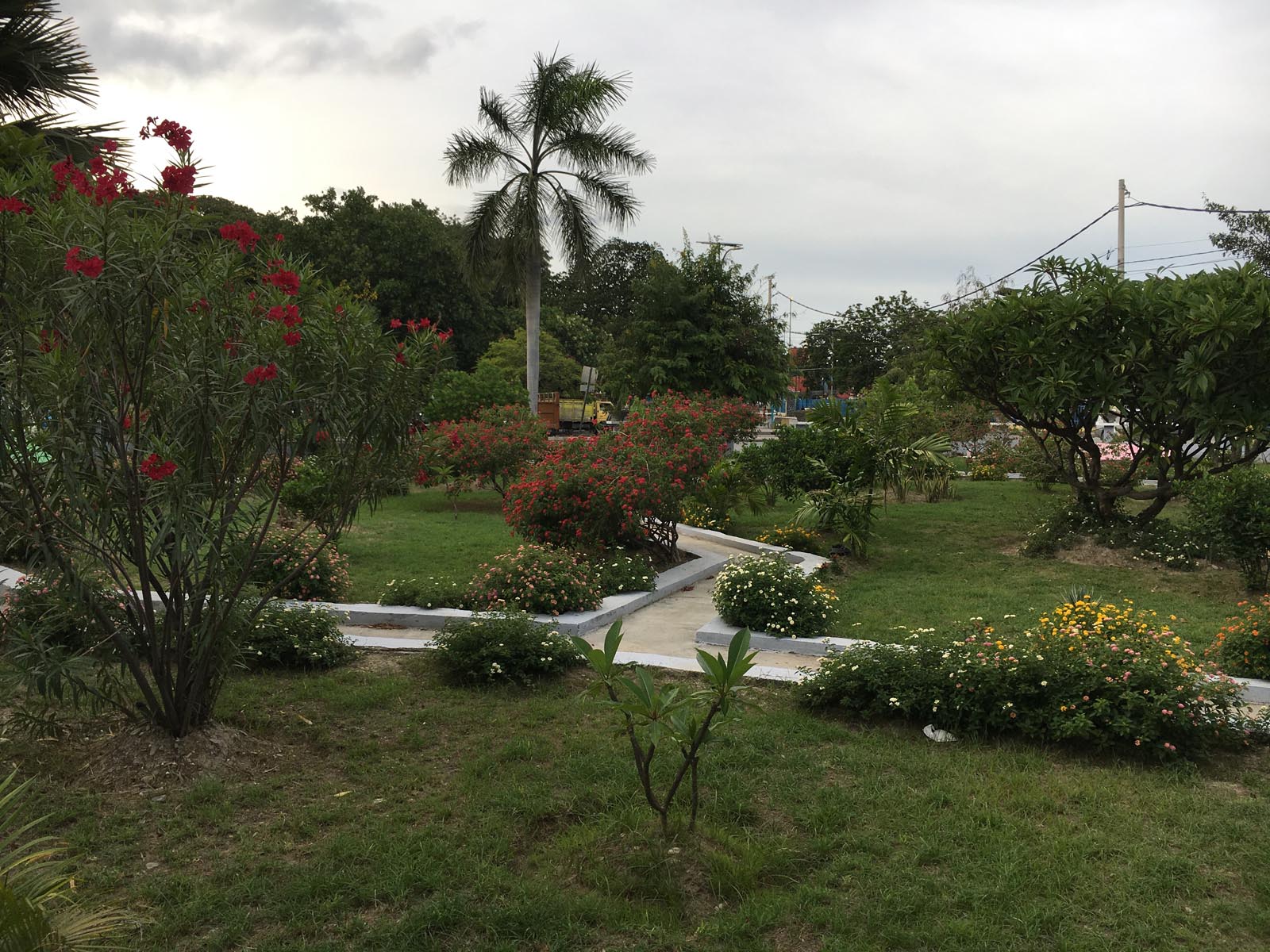
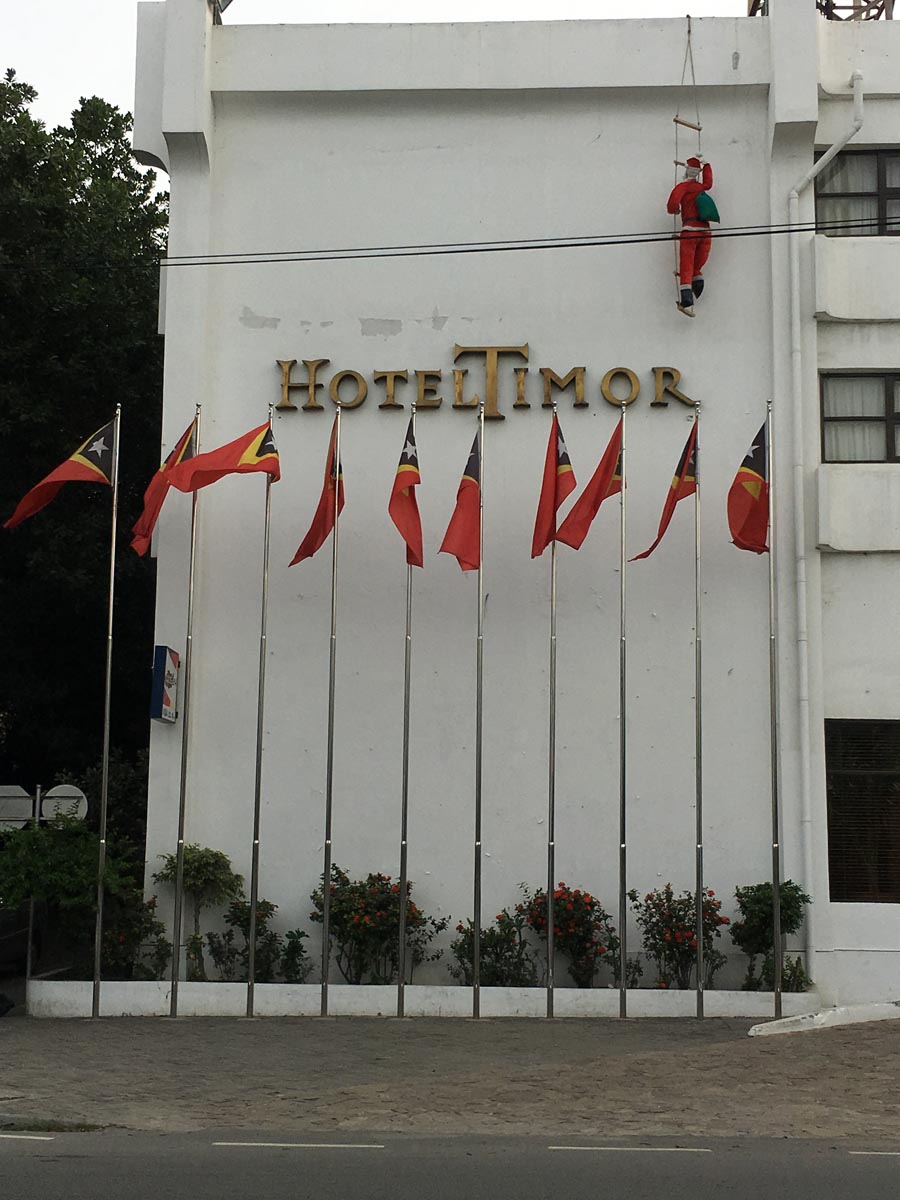
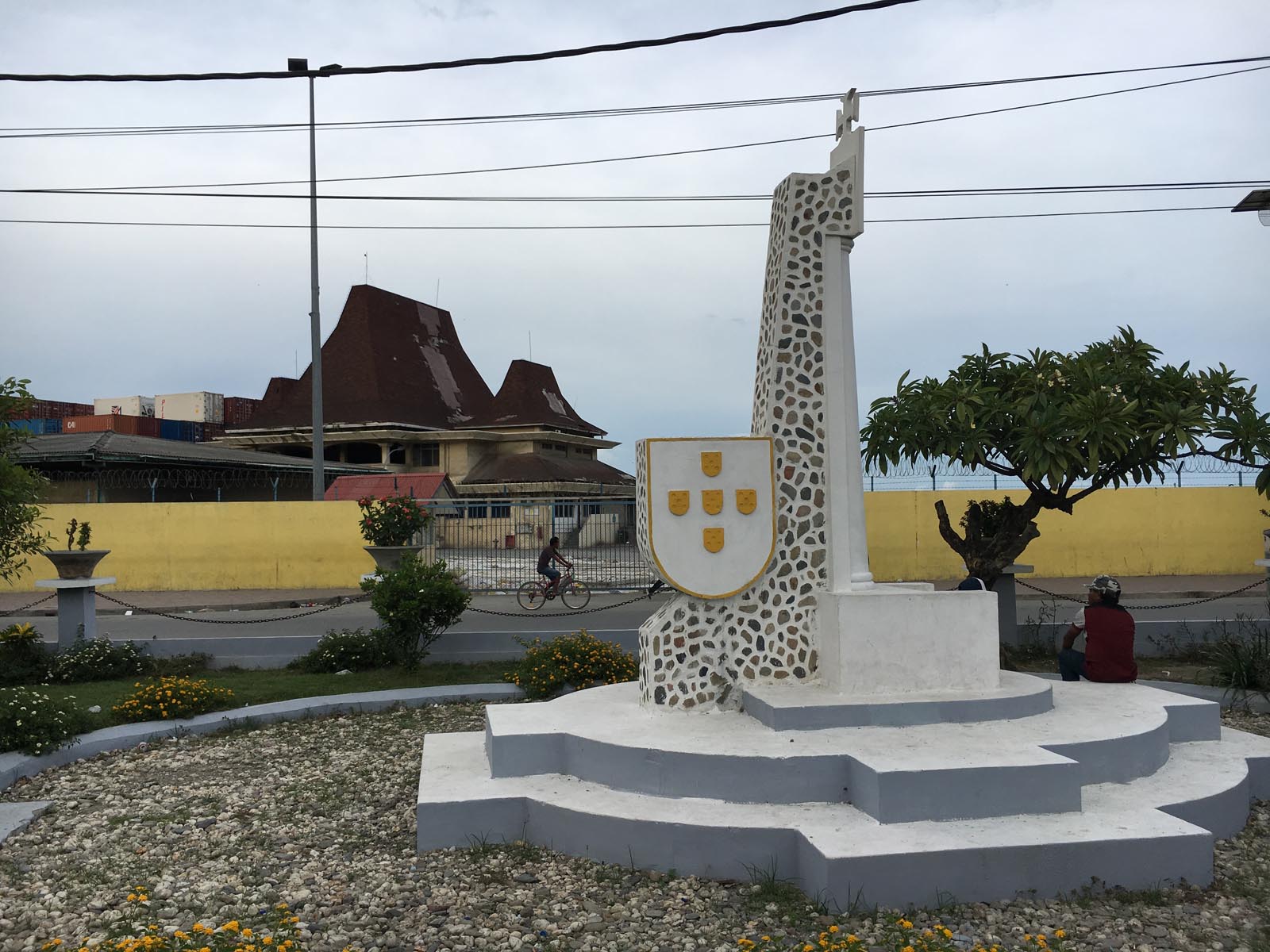
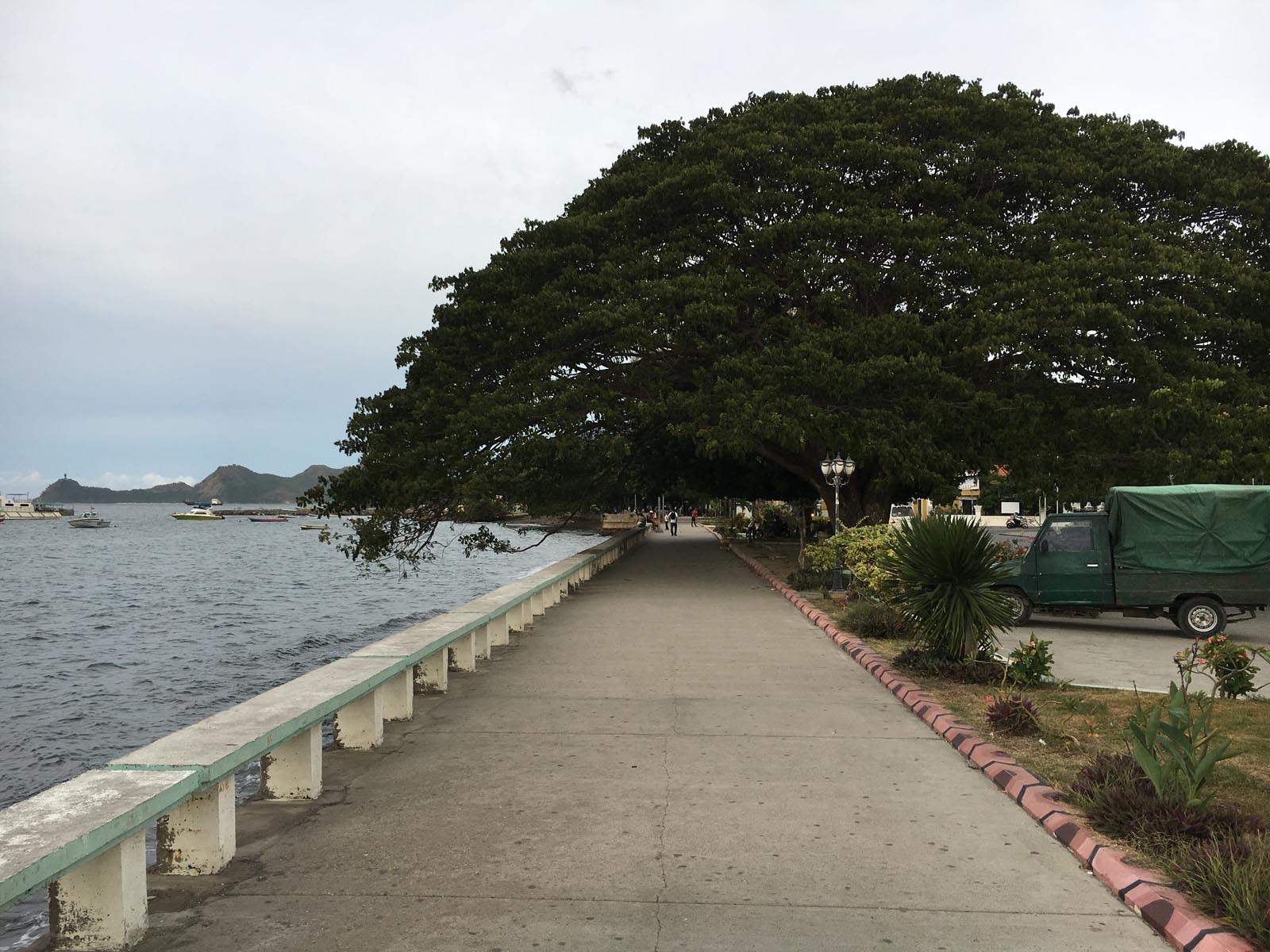
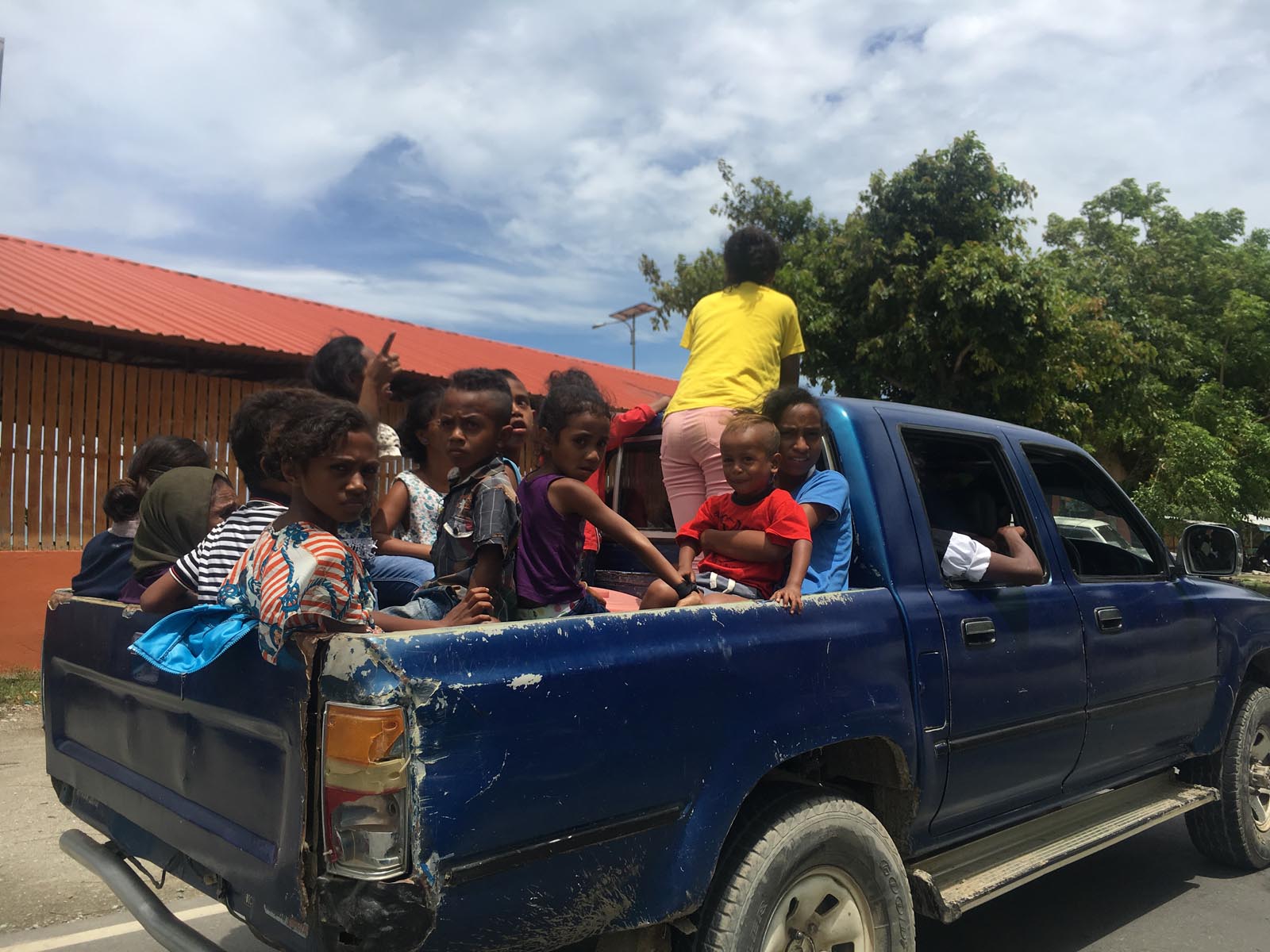
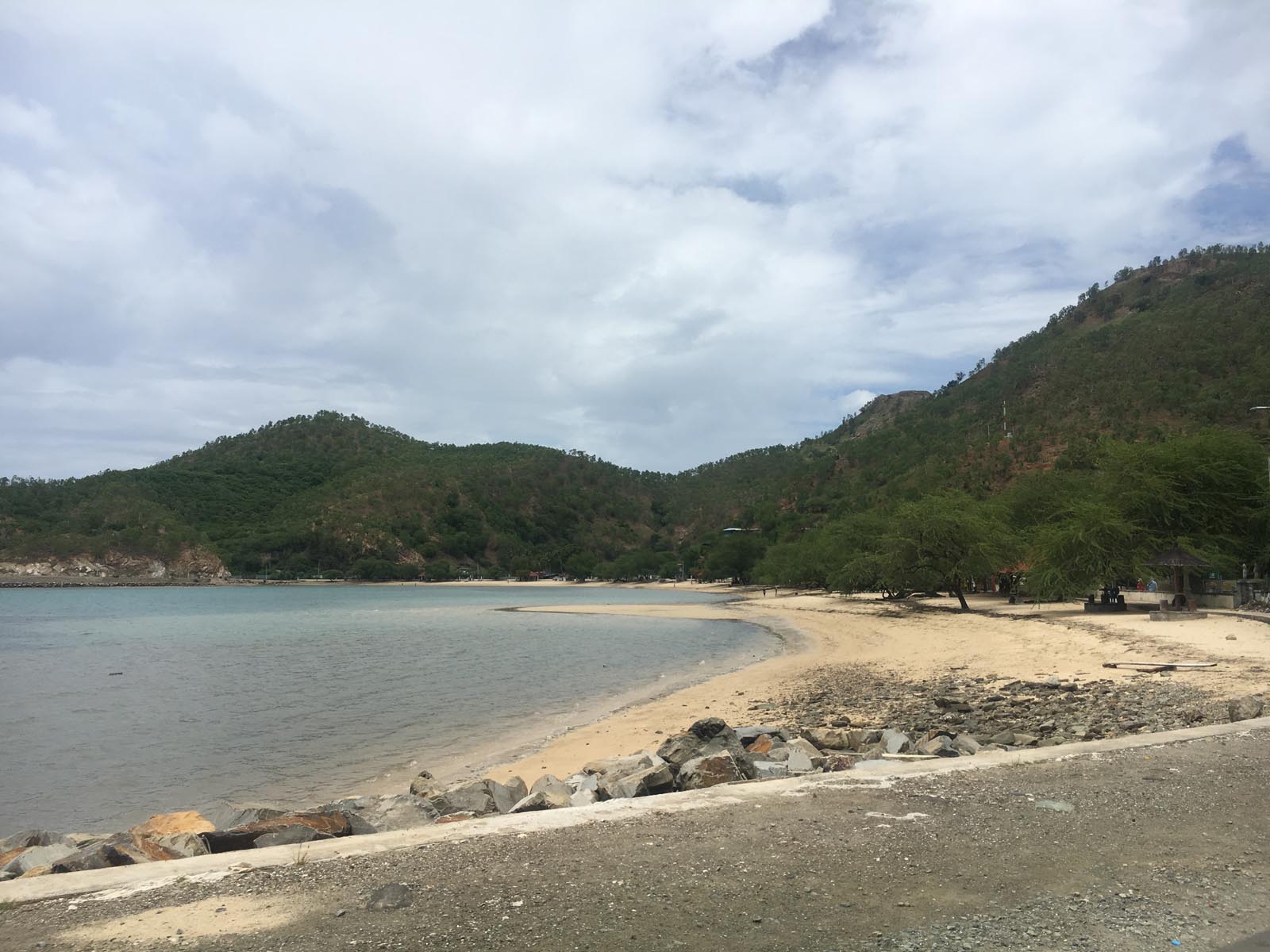
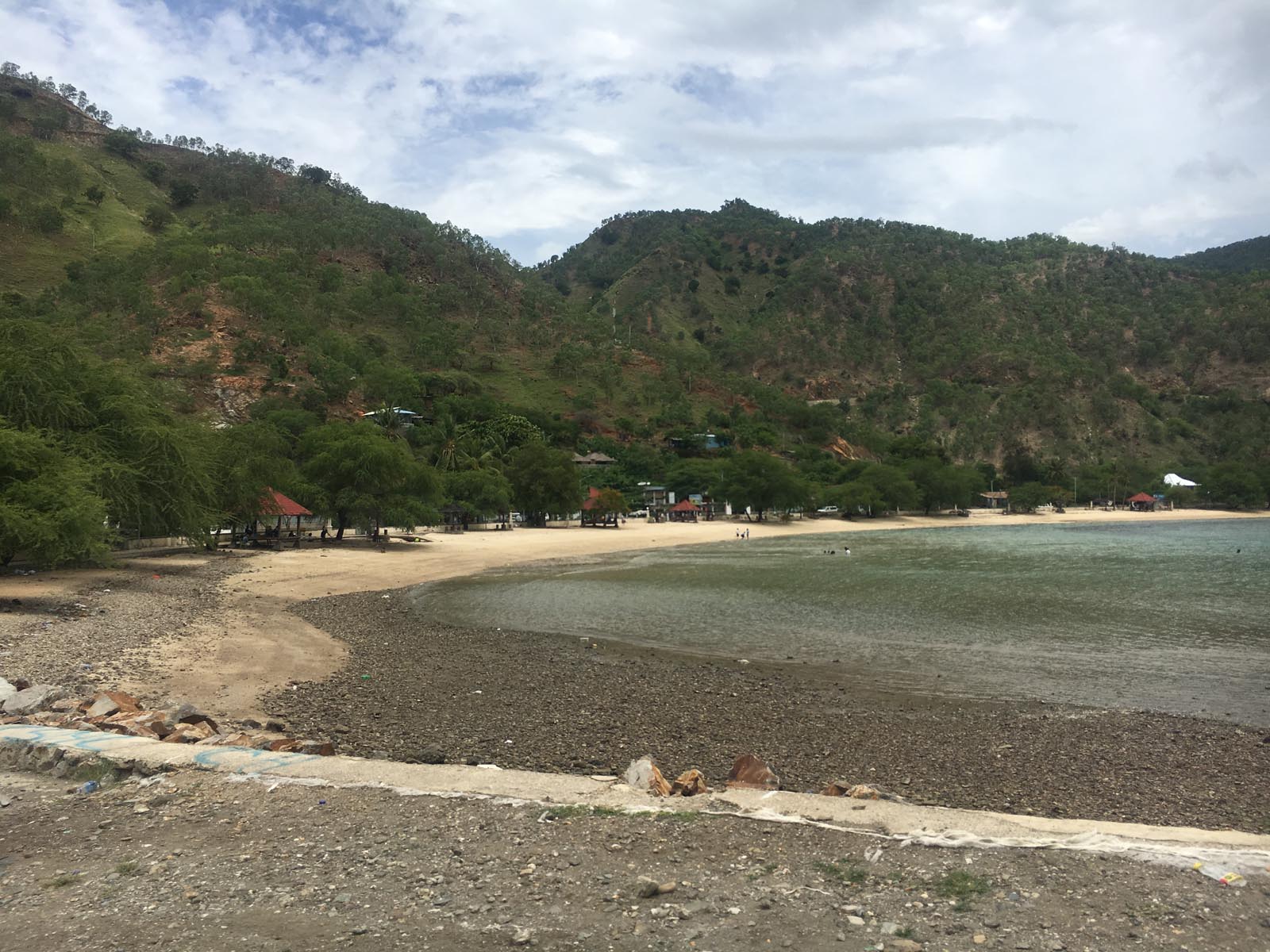
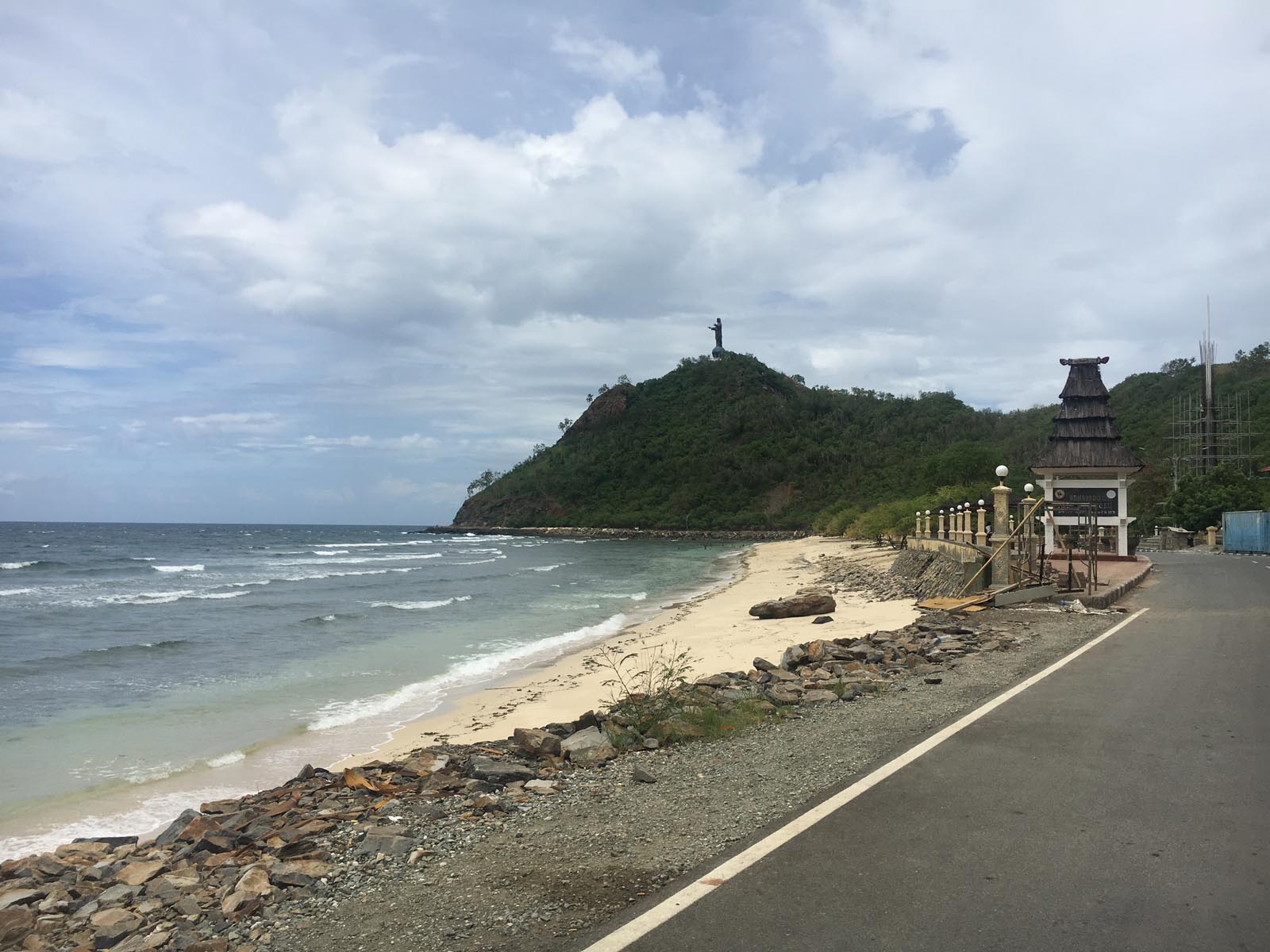
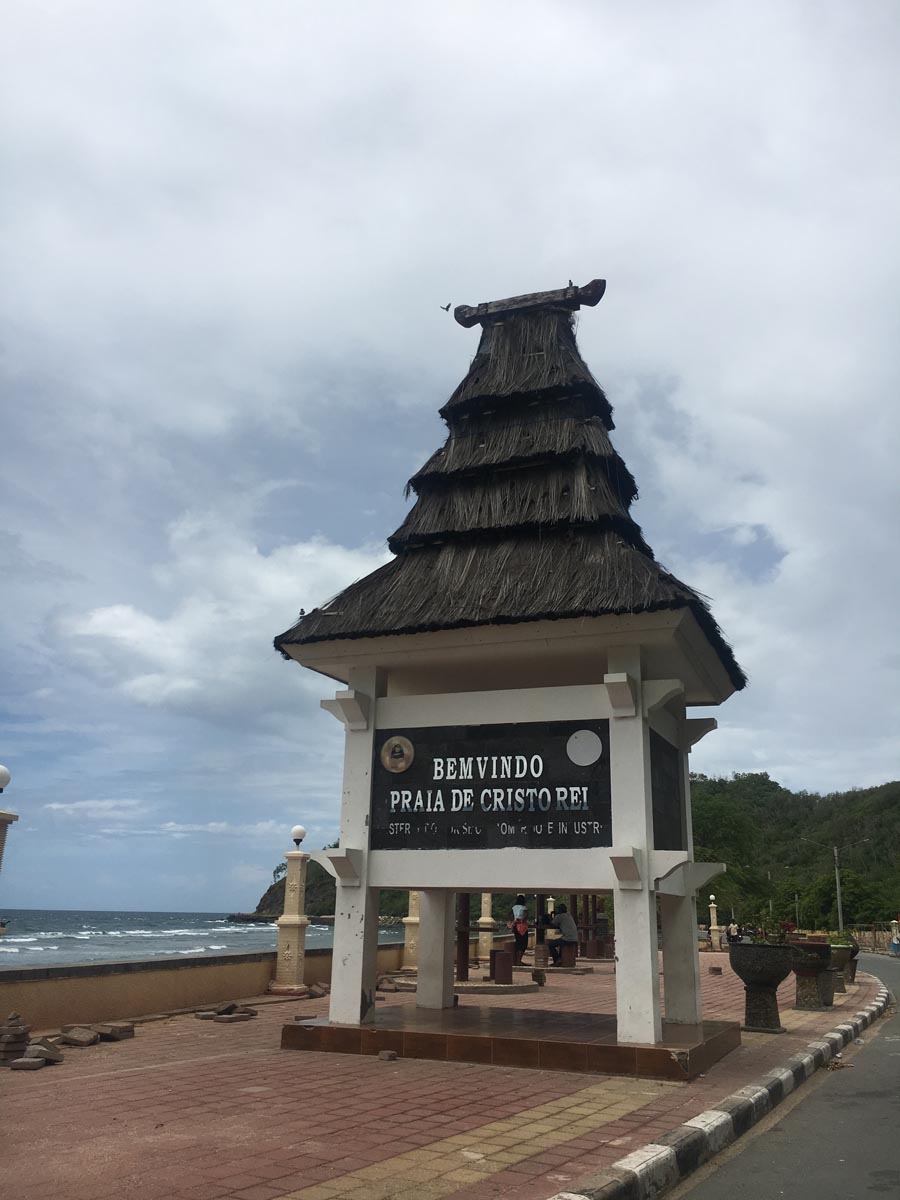
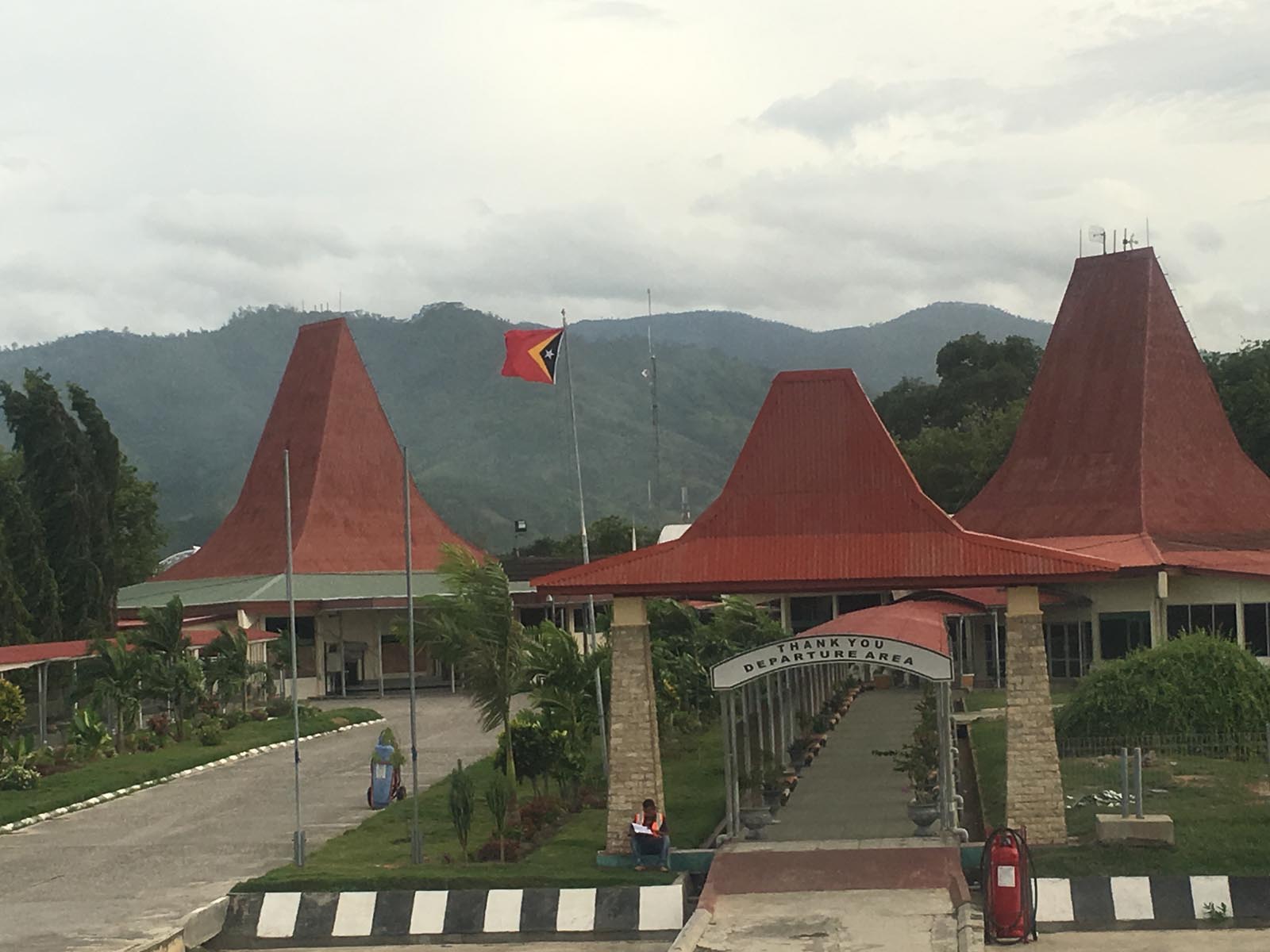
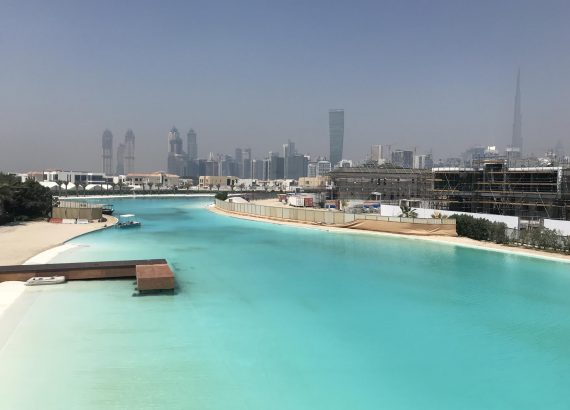
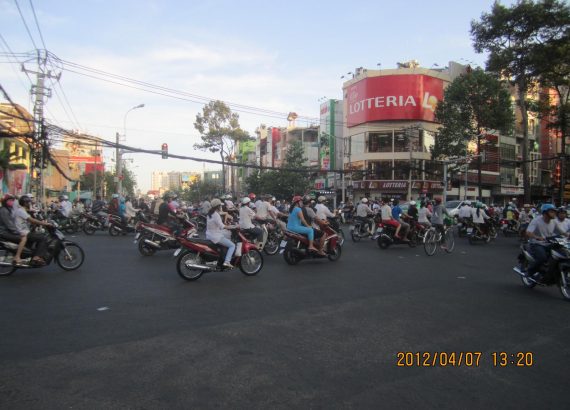
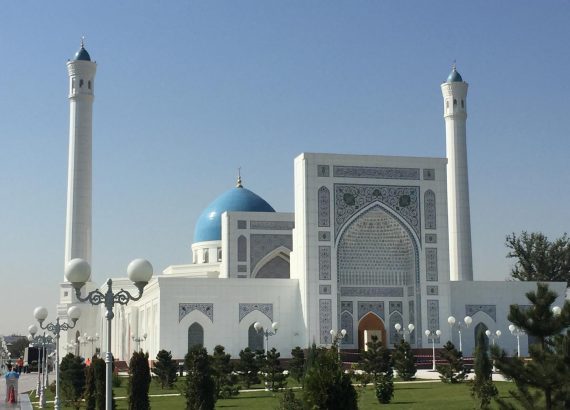
Hola mi nombre es Rafael soy de Perú quisiera saber si puedo ingresar desde mi país a timor oriental sin visa gracias por la ayuda...
Por favor